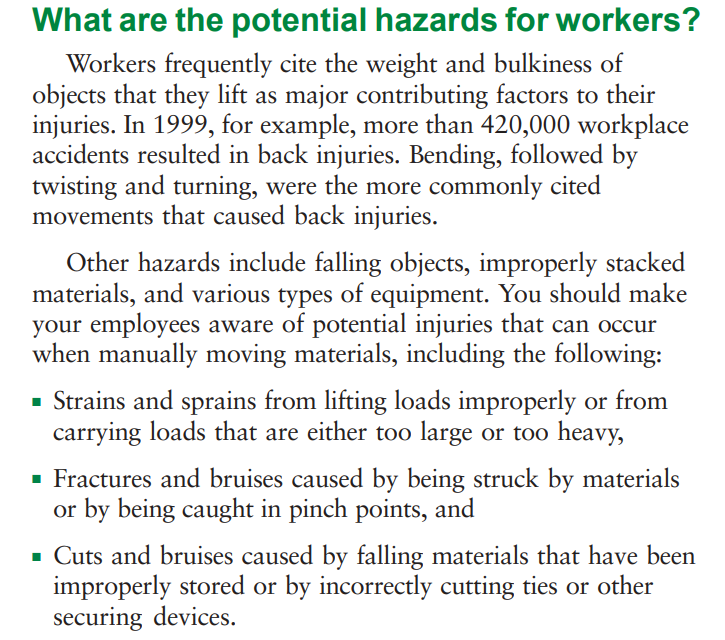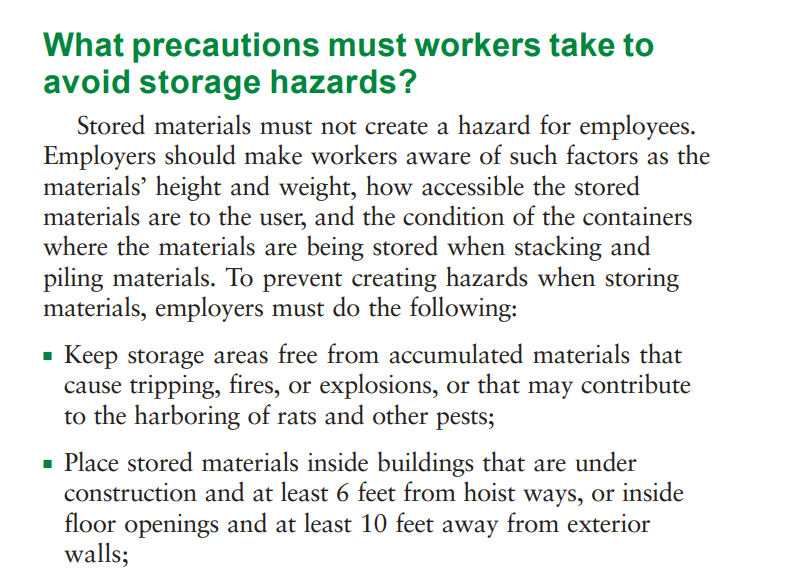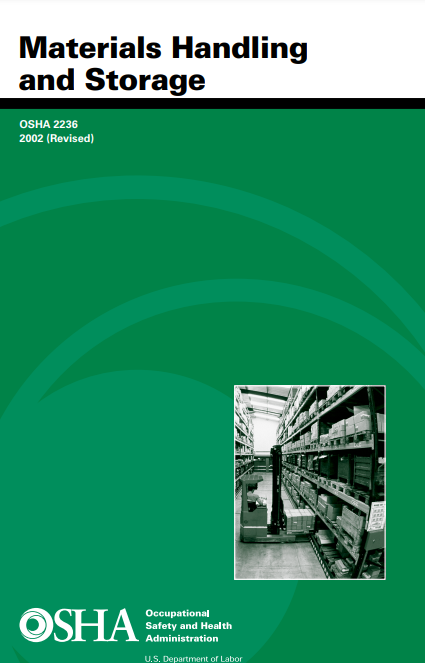OSHA Chemical Storage Requirements save lives while protecting the bottom line. More than 32 million workers encounter tens of thousands of chemicals comprising dangerous compounds annually. While federal regulations are vexatious, failure to follow these safety standards increases hazardous risks. Resulting reprimands for improper chemical storage incurs hefty civil penalties and negative publicity. Common OSHA chemical storage requirements include separation, containment, ventilation, fire protection, spill control, and more. We will discuss the most common chemical storage standards below. U.S. Hazmat Rentals can provide affordable chemical storage solutions to common dilemmas.
Always Segregate Dangerous Chemicals and Incompatible Materials
Never store flammable liquids, combustibles, and solids with incompatible materials. Improper chemical segregation can lead to inadvertent mixing and contamination through volatile air exchanges, fumes and vapors saturation, and chemical incidents from errant sparks and container breaches. Consult each product’s material safety data sheet for a list of incompatible materials and proper storage guidelines. Furthermore, each pertinent MSDS will include fire suppression and control measures for disaster mitigation. Our BoxSafe Storage Containers meet OSHA standard 1910.106(d)(3)(ii)(a) for chemical storage building specifications and NFPA 251-1969 in Standard Methods of Fire Tests of Building Construction and Materials.

Proper Chemical Handling and Storage
OSHA Chemical Storage Requirements also provide detailed language for handling dangerous materials. Employers must provide all relevant workers with personal protective equipment including gloves, face masks, respirators, safety glasses, hard hats, and gowns for handling hazardous chemicals. All dangerous chemicals should prominently display appropriate labeling, which advises employees of associated risks, product application, and first aid measures for direction skin and eye exposure, as well as indirect inhalation. Routine and recurring employee training on proper storage practices and spill response procedures also mitigate accidental spills and potential fires. Moreover, readily available safety data sheets encourage astute product management while engendering employee awareness.
Our four-hour fire rate storage buildings feature several optional accessories to complement proper chemical handling and storage protocols. Optional climate control and ventilation provides necessary internal air exchanges and temperature accommodation, ensuring volatile chemical consistency while preventing heavy air saturations that precipitate degradation or flashover events. Furthermore, our industry-leading fire suppression system can intuitively, and automatically douse conflagrations before transmogrifying into a full-fledged emergency response. Innovative spill sump containment systems – affixed to each locker’s bottom beneath steel grate flooring – safely collects inadvertent spills until safe extraction.

Proper Material Stacking and Organization

OSHA Chemical Storage Requirements also include proper stacking configurations and chemical storage locker ergonomics. OSHA regulations prevent the stacking of pallets more than 15 feet high. Product inventory should determine pallet configuration and height. You should also avoid stacking pallets in high traffic areas. Our larger chemical storage lockers allow for the customed placement of roll-up and wider model doors. Roll-up doors allow for the easy storage and removal of chemical drum pallets and rigid IBC tanks by forklift. Pushback shelving also creates maximized storage space for larger volumes of hazardous materials.
Employee Training and Education for Emergency Reponses

Employee training fosters a safe working environment. While not explicitly mandatory, an OSHA employee training plan can limit workplace accidents and chemical incidents. An OSHA training plan outlines proper training programs for all employees. Important training topics include hazard identification, proper chemical storage, PPE usage, fire suppression procedures, fall protection, and ergonomics.
OSHA Chemical Storage Requirements







